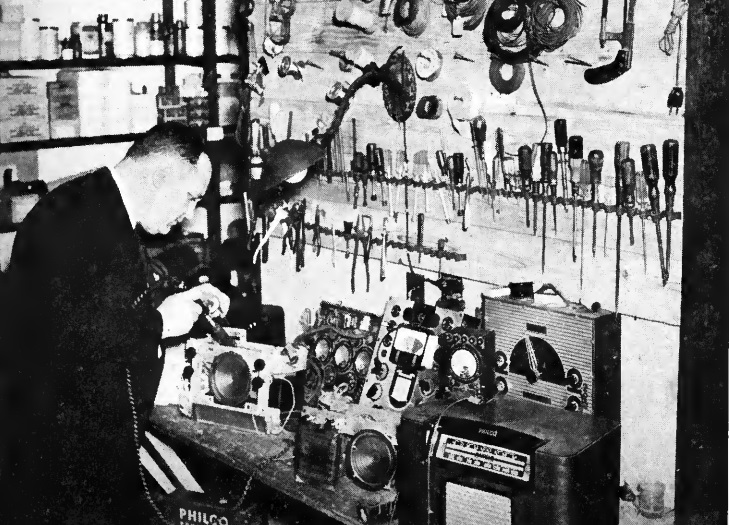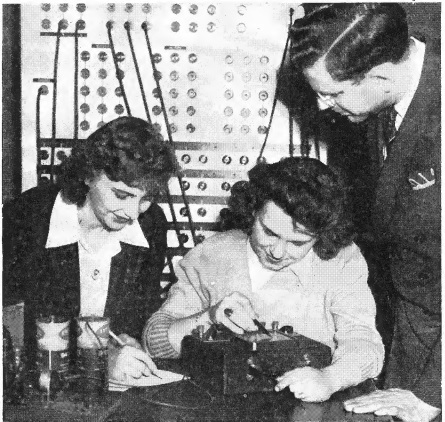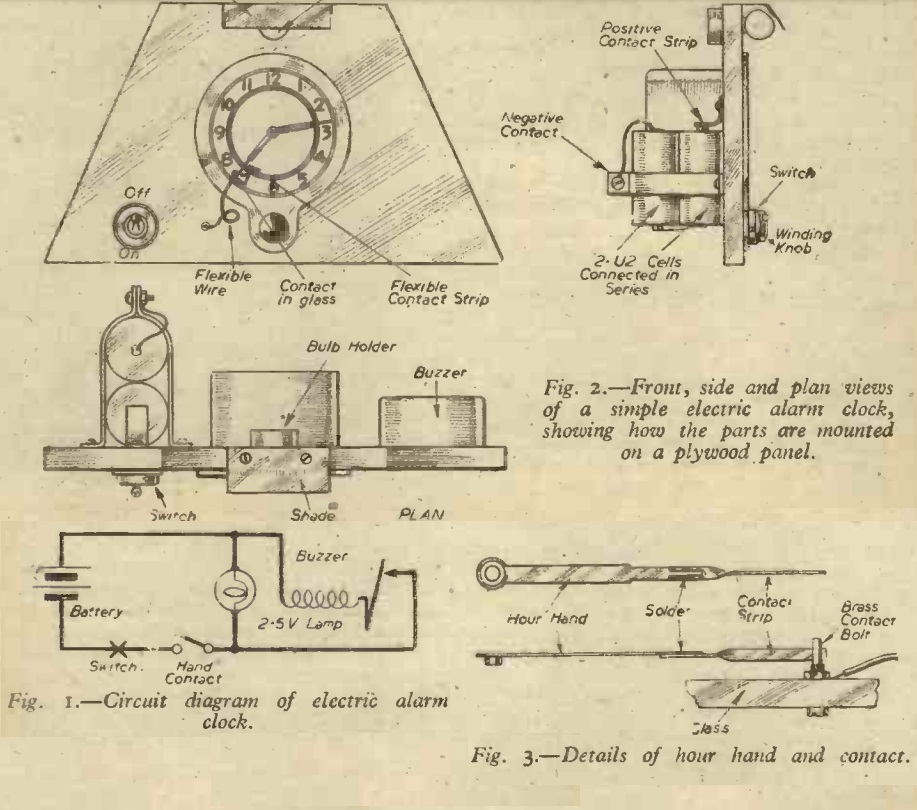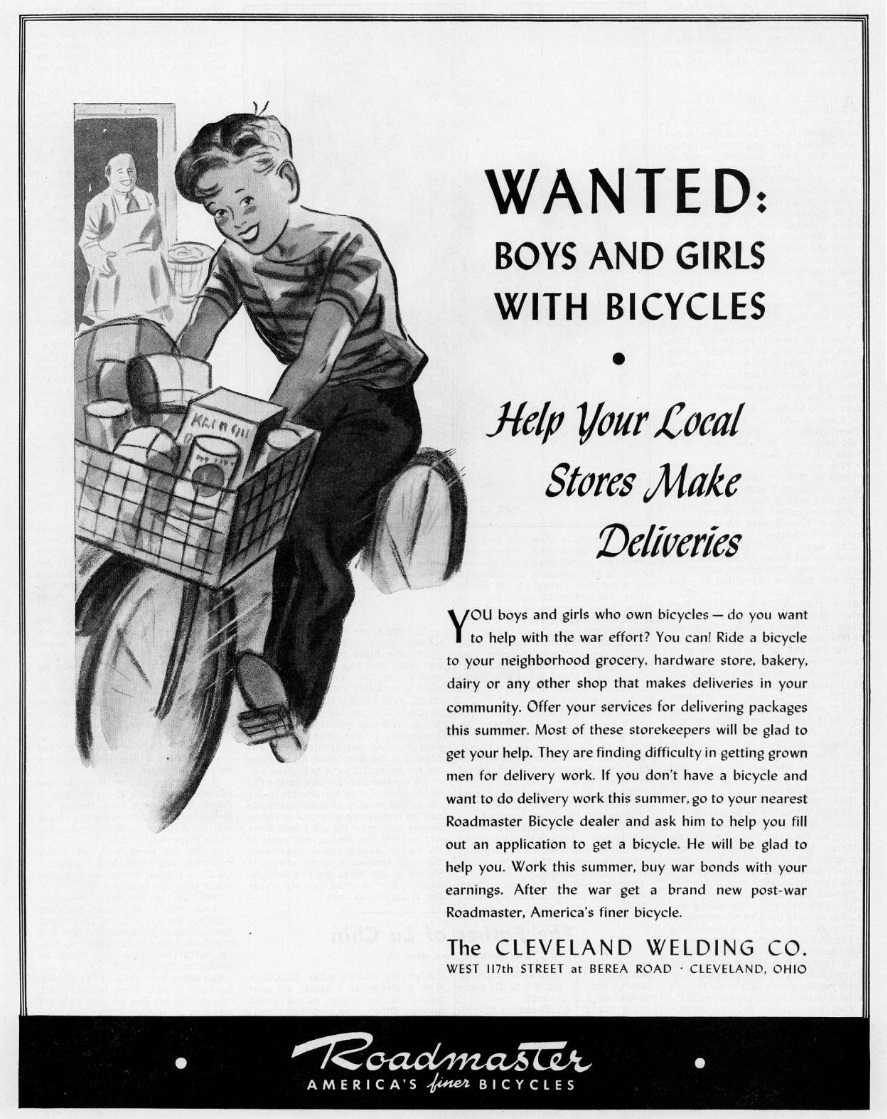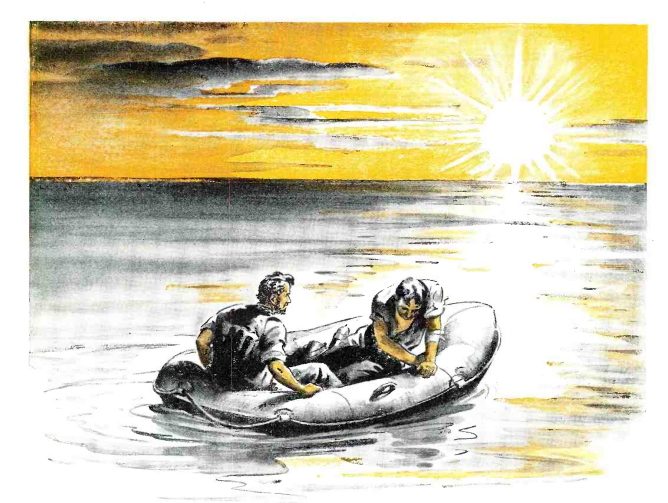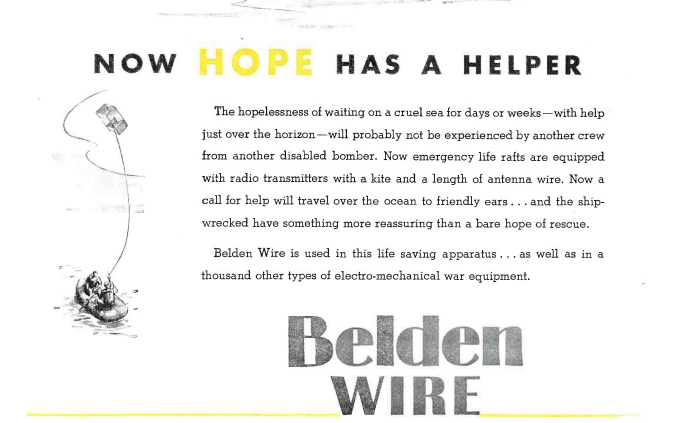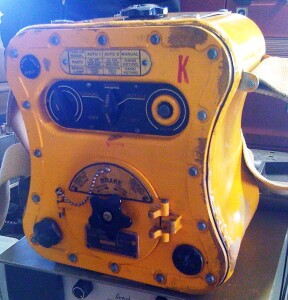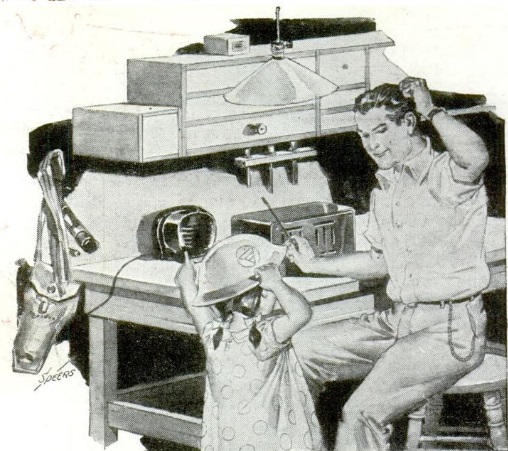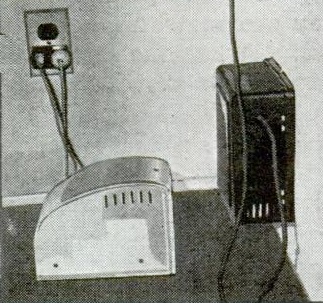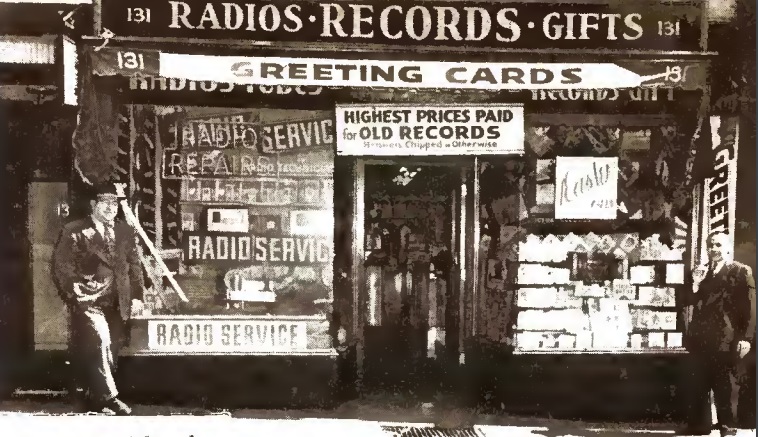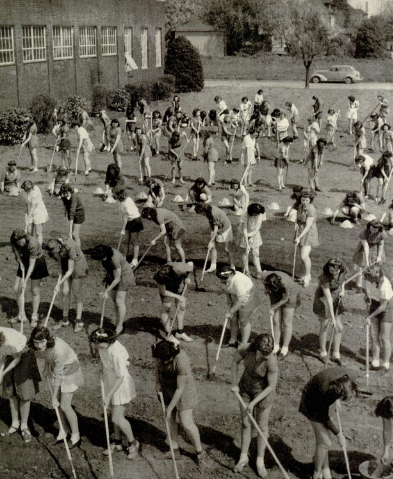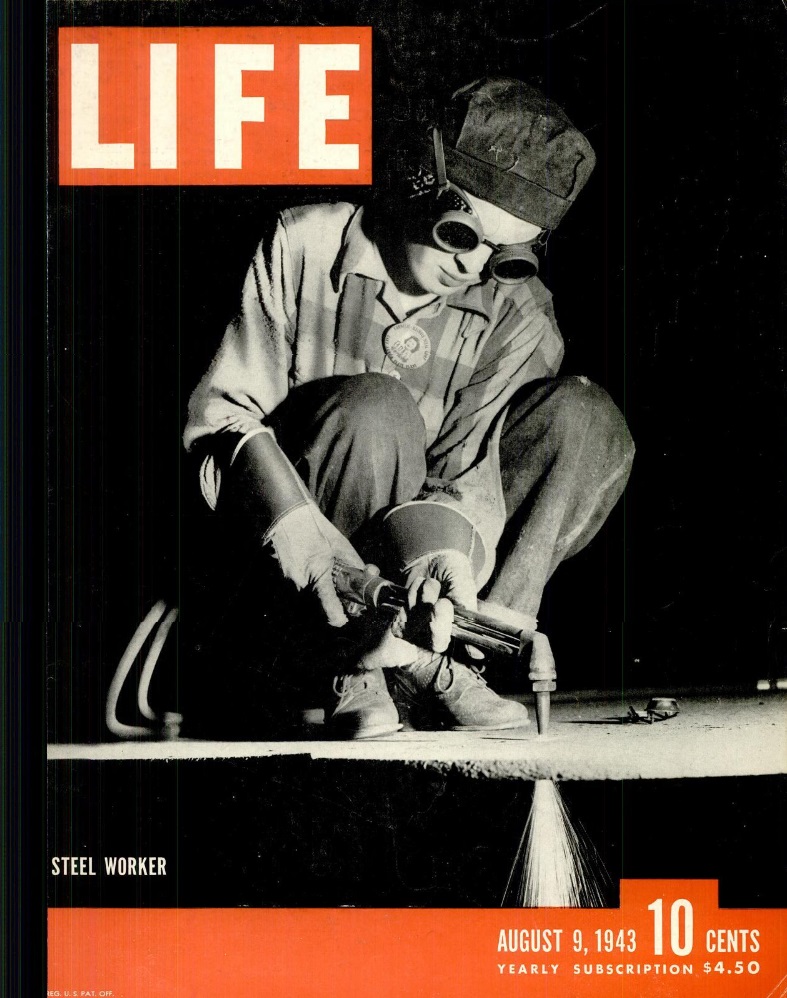
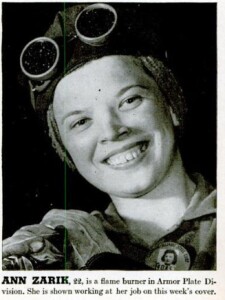 Shown here on the cover of Life Magazine 80 years ago today, August 9, 1943, is steelworker Ann Zarik. She had been employed by the Carnegie-Illinois Steel Works at Gary, Indiana, for five months as a flame burner. Her job was to cut out pieces of armor plate for ballistics tests. Her father worked there as a millwright, and her sweetheart was in North Africa in the Air Corps.
Shown here on the cover of Life Magazine 80 years ago today, August 9, 1943, is steelworker Ann Zarik. She had been employed by the Carnegie-Illinois Steel Works at Gary, Indiana, for five months as a flame burner. Her job was to cut out pieces of armor plate for ballistics tests. Her father worked there as a millwright, and her sweetheart was in North Africa in the Air Corps.
Women had quickly filled the ranks of lighter industry. For example, in 1941, only 1% of the aviation workforce were women, but that had jumped to 65% by 1943. But the magazine noted that, unlike in Britain and the Soviet Union, women were slower to fill jobs in heavy industry.
The women were paid the same rate as men, the minimum being 78 cents per hour. With overtime resulting from a 48 hour work week, that worked out to $40.56 per week.
The magazine noted that “the women steel workers at Gary are not freaks or novelties. They have been accepted by management, by the union, by the rough, iron-muscled men they work with day after day. In time of peace they may return once more to home and family, but they have proved that in time of crisis no job is too tough for American women.”

